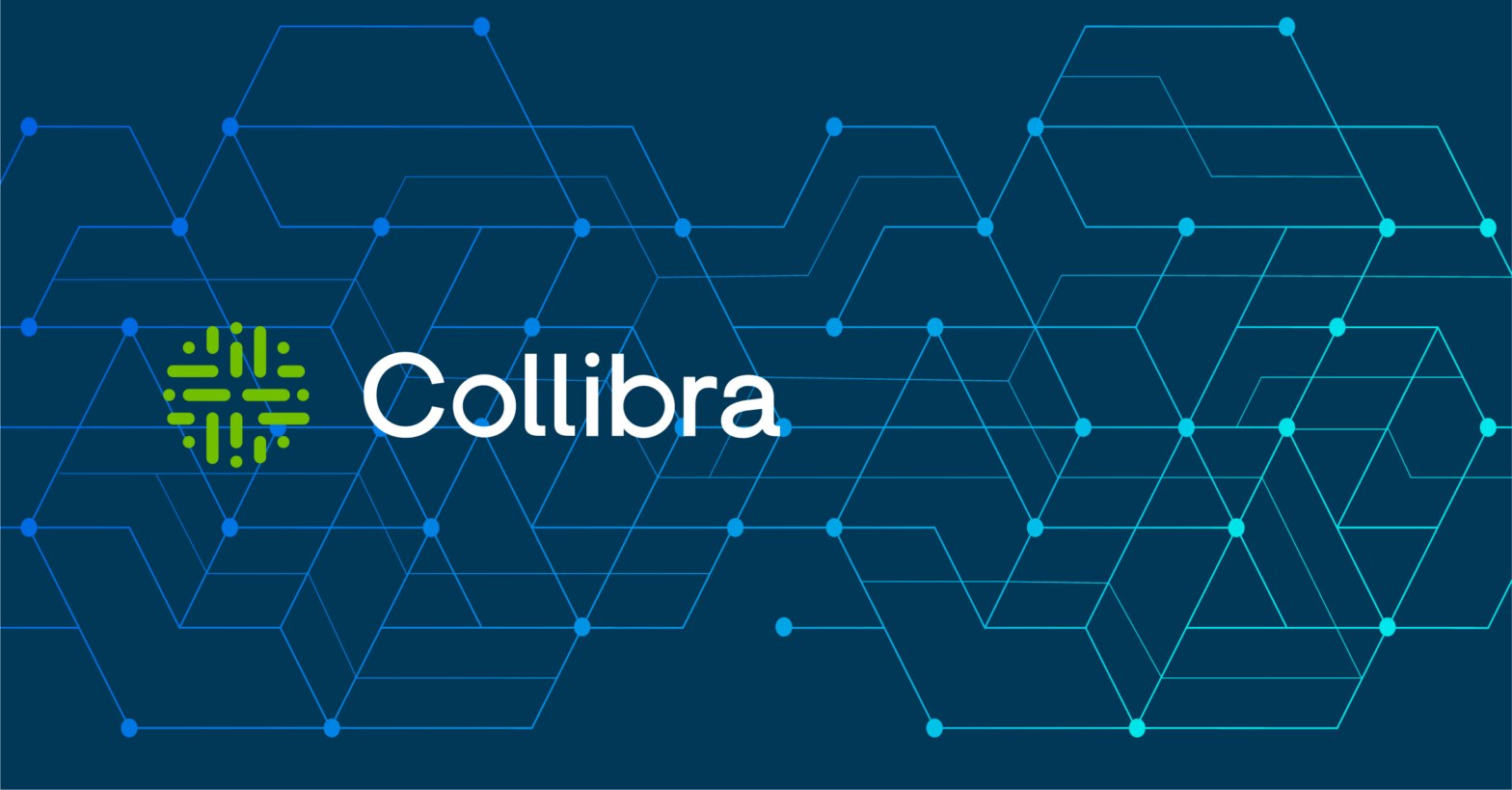
21 10
2024
As Collibra evolves, so must your business. The platform’s new user interface (UI) offers modern features and a streamlined experience, designed to enhance usability across various roles in your organization. With the deprecation of the classic UI set for early 2025, now is the time to plan your transition to the new interface. Murdio’s Collibra Ranger Bozhena Baranovskaya was tasked with leading the beta testing of the new UI at one of Murdio’s clients. For this article we interviewed her to give us a comprehensive overview of the updates, differences between the old and new UIs, and how to do it right, so you avoid unpleasant surprises. Here is a summary of what we found out.
Collibra’s new UI is all about modernization and efficiency. The revamped design features a more spacious, aesthetically pleasing layout with updated icons and color palettes. This cleaner look is designed to reduce clutter and improve navigation. Key changes include:
As Murdio’s Bozhena Baranovskaya, UI beta testing lead, notes: “The tailored asset pages and customizable features give admins more flexibility. You can group fields and display them as you see fit, which really enhances the user experience.”
While the new UI has been available in non-production environments since May 2024, it remains disabled by default in production environments. You must manually enable it via the Collibra Console. However, time is running out to make the switch: Collibra will deprecate the classic UI in Q1 2025.
With less than six months to go, it’s crucial for organizations to start testing the new interface now. Failure to plan adequately could lead to workflow disruptions and a rushed transition process.
Over the past year, Bozhena (with several other testers) conducted rigorous tests on the interface on behalf of a Murdio’s client, identifying and reporting over 80 bugs, ranging from database issues to scaling problems.
Bozhena explains: “We began testing as early as December 2023. Each month, we tracked Collibra’s updates and re-tested fixed issues, ensuring the platform was improving steadily.”
Several changes set the new Collibra UI apart from the classic version, and while many improvements simplify user workflows, some legacy features have been removed or adjusted:
As Bozhena points out, “Some legacy workflows didn’t migrate smoothly, especially those built before the workflow designer was introduced. Admins need to thoroughly test these before fully committing to the new UI.”
These differences are important, particularly for users familiar with the old UI, as they represent a shift in how information is accessed and managed. Organizations need to plan for these changes in their workflows and user training.
To ensure a seamless transition, organizations must approach the migration with a detailed, step-by-step plan. Key steps include:
Bozhena advises: “It’s crucial to test with users across different roles. Data consumers, for example, will see a different layout than sysadmins. Understanding these variations early helps avoid last-minute issues.”
Failing to properly test the new UI before fully migrating can lead to several complications. Broken workflows, difficulties in finding data, or outdated links can cause business disruptions and impact productivity. These issues, though unlikely to result in data loss, can create adoption challenges and necessitate extra time to fix.
Murdio’s experts can help mitigate these risks. We have developed a comprehensive checklist to ensure all critical areas are tested before migration. Furthermore, our familiarity with edge cases allows us to address unique scenarios specific to your business environment.
With over a year of hands-on experience testing Collibra’s new UI, Murdio is well-equipped to guide your organization through the transition. Here’s how we can help:
Collibra’s new UI is a powerful way of improving data governance, but the transition requires careful planning. With Murdio’s expert guidance, you can ensure a smooth and successful migration. Contact us today to learn how we can assist you in navigating the complexities of the new UI and optimize your data governance strategy.
© 2025 Murdio - All Rights Reserved - made by Netwired